
Why the retrieval of RMS Titanic's Marconi radio would be an emotive violation
RMS Titanic Inc.’s proposal to raise the famous Marconi radio received court approval in 2020, only to fall under subsequent opposition from the US and UK Governments. We can see why, although it's a tough call...
If the legendary story of Titanic has ever stimulated your curiosity, you’ll undoubtedly have memorised the original grainy photographs of the wreck from Bob Ballard’s mid-1980s expedition. You will also have enjoyed the recently gained high-definition footage as she lies over two miles under the Atlantic.
Having viewed the media, you’ll also be aware that Titanic’s appearance has significantly altered. Besides the damage inflicted by her violent sinking following a powered collision with the infamous iceberg, over a century beneath the waves has taken an inevitable toll on Titanic’s structure.
Alongside the constant force of the harsh Atlantic current, and the unbelievable pressure that resides at such a depth, alien-like ionised tentacles of stringy orange matter – known as ‘Rusticles’ – continue to devour what remains.
Ruined as Titanic may seem at first glance to many of us, she still possesses an aura of elegance, while also remaining vastly imposing. As such, Titanic remains instantly recognisable and hauntingly poignant. We often cannot help but feel sorrowful, and yet in awe, as we observe Titanic in her current condition.
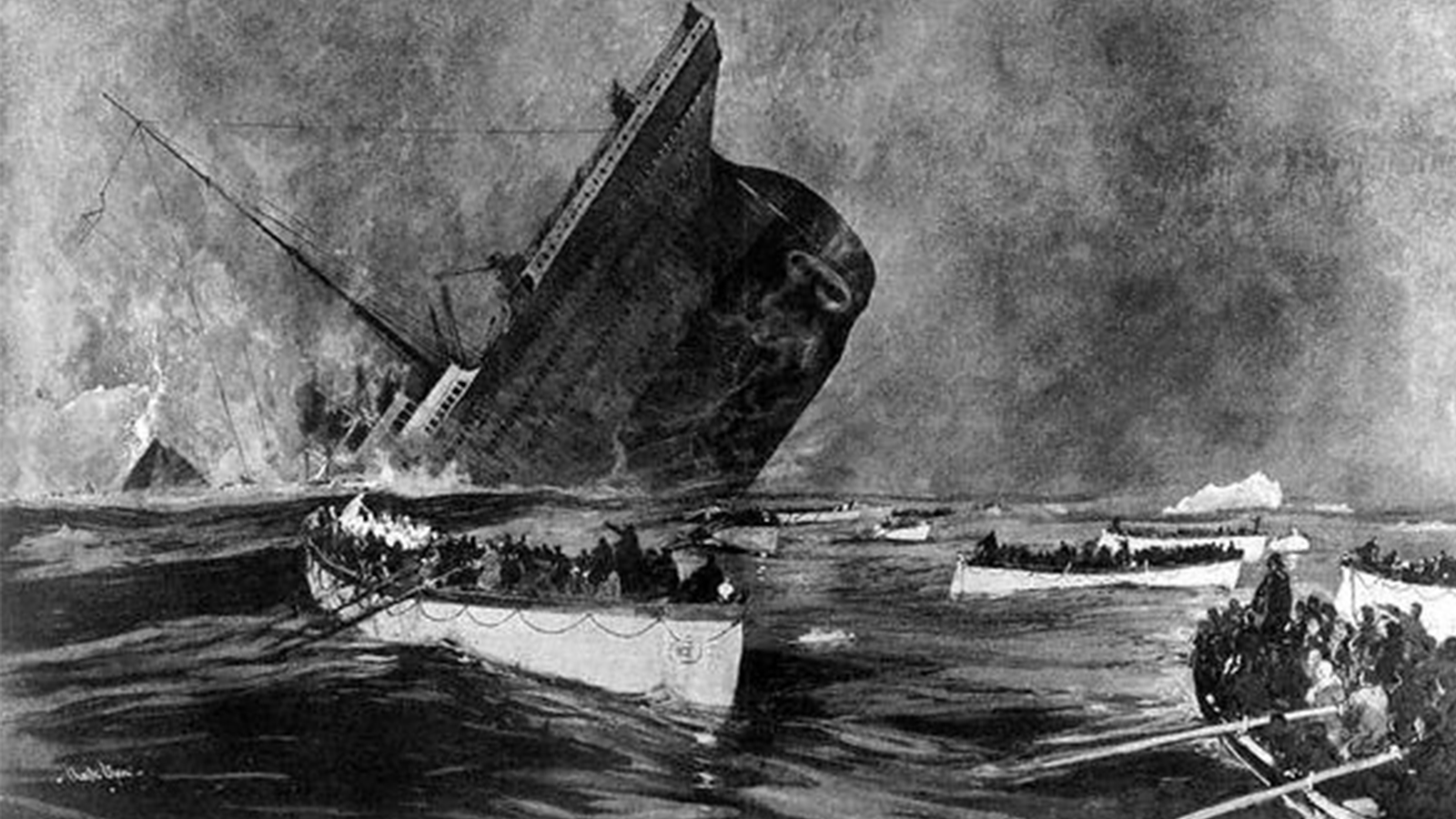
We certainly feel a continued connection to White Star Line’s magnum opus, and increasing numbers of people feel overwhelmingly protective of the wreck. It’s a grave site for hundreds of victims, and a beacon of societal history.
Her timeframe of deterioration sadly cannot be prevented, but Titanic’s gradual decline adds a mortal dimension to our human affiliation. The ship is a part of us, and it’s shaped our culture with the juggernaut impact of a first-class asteroid.
Although the ship’s steel hasn’t seen sunlight for more than 110 years, Titanic remains the most famous liner ever to hit the water. No other ship enjoys so much debate, or warrants such cultural demand.
With the recent Oceangate disaster, interest in Titanic shows no signs of slowing, making recent developments to retrieve the Marconi radio gear – famous for dispatching the somewhat iconic S.O.S message from Titanic’s wireless room – a divisive and furious debate.

Titanic’s Marconi radio – a sensitive subject
RMS Titanic’s weakening condition, and the capacity for the structure to give way in upcoming years, has prompted challenging debates about whether we recover what can be salvaged before it’s too late.
Explorations of Titanic have showcased many key features within the wreck, including the tele-motor responsible for Titanic’s emergency manoeuvre of ‘hard a starboard’ upon the bridge, Captain Smith’s bathtub and the Marconi radio that sent out distress calls right up until three minutes before Titanic finally foundered.
But is such explorative activities ethical and respectful, or even necessary?
In recent years, the Marconi radio aboard Titanic has entered into a difficult debate – given that this iconic radio equipment could soon be lost when Titanic inevitably deteriorates further, should we retrieve it before we are denied the opportunity?
In 2020, a US judicial court granted RMS Titanic Incorporated (RMST) permission to extract the Marconi equipment as it was felt that significant gains in heritage understanding would otherwise be lost.
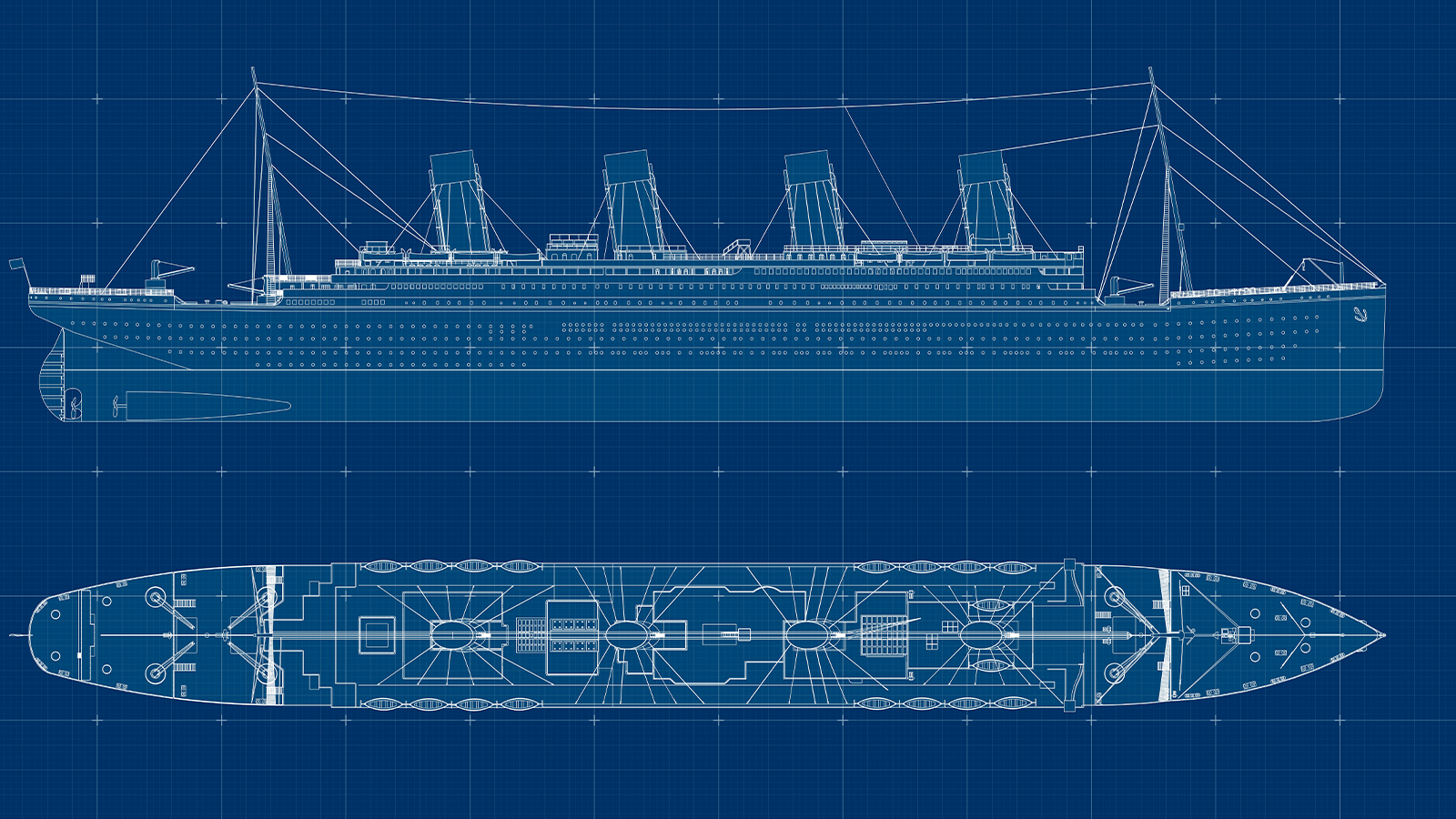
It is easy to understand why the Marconi remains an iconic piece of equipment. Not only is it part of the story of Titanic’s sinking while being credited with saving 705 lives, but it also reminds us of so much more.
When we think of the Marconi operators – Jack Phillips and Harold Bride – urgently sending out their CQD and SOS calls, it reminds us of the perilous situation the Titanic had found herself in. Her desperate need for assistance – thanks to having so many on board and yet inadequate lifeboats to get all of her passengers to safety.
The crude Maroni radio, a product of early developments in radiotelegraphy, was Titanic’s best hope in utterly appalling circumstances.
RMST cite, that were they to retrieve the item, it would join over 5,500 artefacts that RMST have previously recovered from the wreck and would potentially feature in relevant exhibitions – brining in the 'business and profit versus preservation' argument.
The company originally planned to retrieve the Marconi radio in 2021, but the Covid-19 pandemic scuppered that particular attempt. For many a Titanic enthusiast – despite all of the horrendous outcomes that Covid-19 delivered – it could be argued perhaps that the virus had actually done something useful.

Permission denied
The US government argues that permission is required from the Secretary of Commerce, linked to an agreement between the US and Britain that serves to protect the wreck, before physical disturbance of the ship can get underway.
RMST are now fighting this move, stating that they have sole salvage rights to the Titanic wreck.
With Covid regulations now mostly behind us, RMST wish to go ahead with the permitted extraction, potentially as soon as 2024. The company argues that action must take place soon for the structure of Titanic may collapse, potentially taking the Marconi radio with it
In a promotional video, RMST state:
“Working against swift-moving decay, we race to the sea floor to protect the Titanic using every available technology to preserve our past. We fight to reclaim what the water stole. We will bring home what was never the sea’s to take.”
Admirable as those statements initially appear, retrieval of the Marconi radio would not protect the Titanic itself. In fact, chances are Titanic would have to incur extraordinary damage in-order to release the radio equipment.
Some might consider this vandalism of the Titanic wreck site, while others will argue passionately that the wreck is a monument to all those lost during Titanic’s sinking and that, out of respect, Titanic should therefore be left well alone.
It is an immensely complicated debate, with a great many contradictory factors to consider. This is likely why permission for extraction of the Marconi radio from Titanic was initially granted by a judicial court, only to now be strongly contested by the US and UK governments.
Currently, it is unclear if RMST will be allowed to remove the Marconi equipment from Titanic.
Internal conflict
I was recently asked if I myself would retrieve the Marconi radio. I’ve never agonised over a decision so much, pin-balling from one decision to another and back again many times.
This is despite a keen enthusiasm for Titanic’s history, direct experience of working with museum artefacts as well as an appreciation of how impressive communication technology is in the modern day. I can see how even the Governments are struggling with this one.
It seems I am not alone in my plight. Whether it is appropriate to take anything from the Titanic, for research or cultural purposes or otherwise, is a debate that has raged on for some time now, probably for the majority of my lifetime.
I was almost two when Robert Ballard, the Knorr, the Argo/Jason equipment and crew – announced they’d found the Titanic, some 400 miles distant from Newfoundland, and around 10 nautical miles away from where the ship’s crew thought they were when they first realised Titanic would founder.
Eventually, I had to imagine that I was positioned in such a way that I had the rusted devices and tubes of the Marconi equipment in front of me. Would I extract this historic artefact or would I leave it be? To my surprise, in doing this, I got my answer almost immediately; and the answer intrigued me.
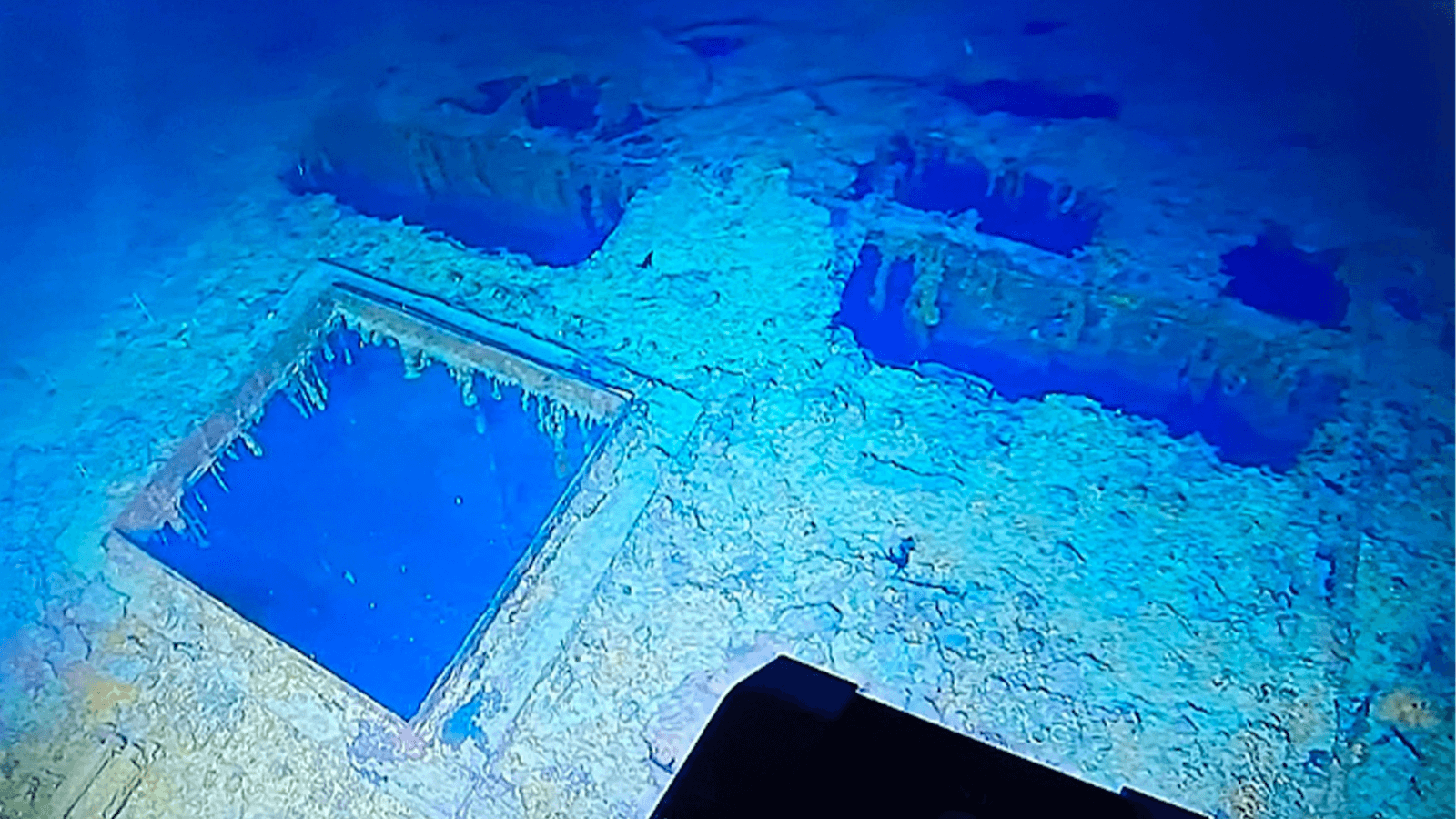
I pondered my newly-arrived decision. RMST propose using a remotely-operated vehicle (ROV) to enter the wreck either through the open skylight that exists above the Marconi room or, if required, via an entrance cut into the hull.
Then, if entry is obtained, the RMST ROV would disconnect the Marconi equipment from the ship. Targets listed by RMST include the rotary converter, discharger, wall-mounted switchboards and regulators – as well as any free-standing objects existent within the immediate location.
With so much damage already incurred by Titanic, would another missing patch of boat deck or hull, that could result from the extraction of the Marconi radio, really present a major issue? It seems strange but my instinct says it would.
I find this odd for I am a science graduate. Studies revolved around facts, logic and reason. Scientific conclusions are not driven by emotion or gut instinct but instead by readings, statistics and evidence.
As an individual with a scientific background, I am perfectly capable of telling myself that Titanic is a man-made structure, formed primarily of iron, steel and wood who is neither alive nor capable of feelings on further damage being incurred.
So, why does the thought of cutting into the wreck make me feel so uncomfortable?
RMST have been rather vague about the level of damage that might be necessary for a successful retrieval of the Marconi equipment. This forces me to consider why the Marconi radio is important enough to justify a retrieval mission of this scale, as well as how it is physically composed.

Why this Marconi radio matters
It can be argued, for many reasons, that the Marconi equipment contained within the Titanic is the most important and evocative radio equipment in the world.
Of these, the primary reason is that the Marconi equipment on board was able to broadcast Titanic’s situation out to many ships – across impressive distances. Without it, it’s unlikely anyone would have survived the blistering cold night.
Among the ships that received Titanic’s calls was the small RMS Carpathia – which famously raced to Titanic’s aid from 58 nautical miles away – as well as Titanic’s sister ship RMS Olympic who, at the time, was making a return journey from New York some 505 miles away.
Given how new wireless technology was in 1912, it was remarkable that the Morse code emitting from Titanic could be heard at all; let alone across hundreds of miles of empty ocean.
When Titanic found herself in distress, she was one of only 400 ships that carried a new-fangled Marconi radio. This represented a monumental step up from shouts, explosive flares and semaphore flags normally used to raise the alarm on a troubled ship, particularly in the dark and while far from shore.
Titanic’s capacity to tell others about what was unfolding, via her Marconi radio, served as a much-needed lifeline. Later that night, RMS Carpathia would scoop up survivors huddled in Titanic’s lifeboats after the great ship herself had sunk beneath the waves.
Afterwards, on board Carpathia, there were 705 souls who had Marconi’s radio (and the heroic efforts of wireless operators Jack Phillips and Harold Bride) to thank for their rescue.
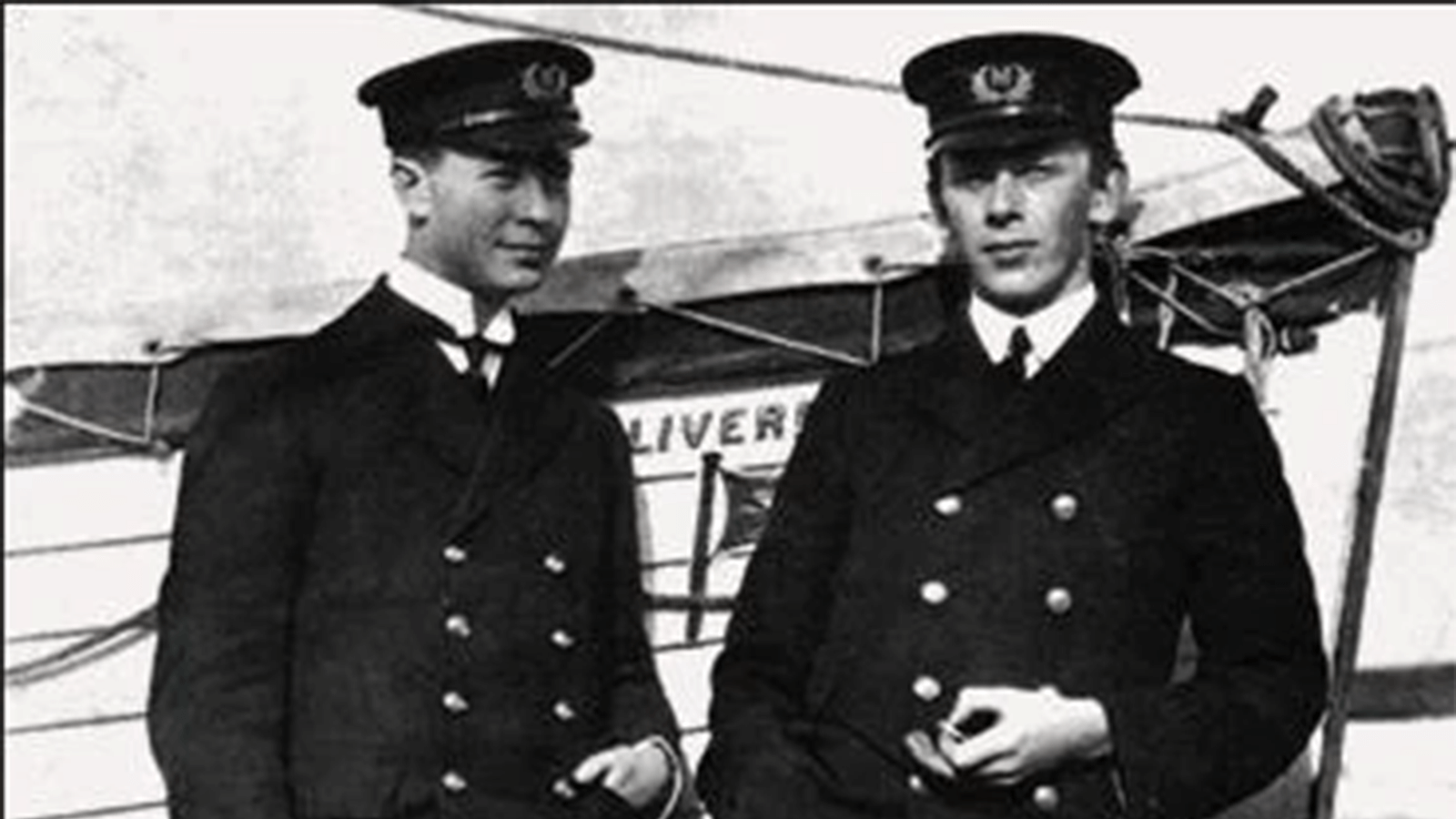
Another factor that makes Titanic’s Marconi equipment so important is that its role in saving lives in the disaster directly influenced the Radio Act of 1912.
This legislation mandated that, from then on, seagoing vessels must continuously monitor distress frequencies and be equipped to do so, meaning all ships were far safer as a result. The same still rings true today - one can’t imagine seafaring without the ability to give out a distress call if required.
Additionally, for Marconi – the wide acknowledgement of his radio’s role in the most famous shipping disaster and the subsequent change in legislation finally delivered the recognition and business success that had eluded him thus far.
Furthermore, when you begin to ponder how modern-day radio works as well as television signals, radar, WiFi and mobile phones, you will see numerous links back to Marconi’s innovation.
Squint a bit and you’ll also be able to make a connection between the Marconi radio equipment on board the Titanic to the mobile phone in your pocket, or the WiFi within your home.
What lies under the ocean, in Titanic’s wreck, may look very different from modern communication technology, but there most definitely exists an evolutionary link to all of the facets of modern technology.
Removal equals destruction
Now, if you imagine the removal of this important Marconi equipment, what comes to mind?
Imagine something being removed that is vast in dimension and composed of several parts. Removal of the Marconi radio equipment would be remarkably complex, for it is multifaceted even just to define where this particular object begins and ends.
The most obvious components of the Marconi equipment lie within two rooms on the boat deck, situated between the bridge and the first-class entrance to the Grand Staircase.
One partition is known as the Marconi room – this was where radio operators Jack Phillips and Harold Bride worked while, next door, is the Silent room. This was constructed from soundproofed walls to minimise the disruption that came from the noisy spark-gap discharger within.
Even just in this small section of the ship, there are many different elements that make up the Marconi equipment. These include a rotary converter, a transformer, a condenser, a multiple tuner, an induction coil, charging boards, insulators, the fixed-air-gap spark discharger as well as a receiver, the operator’s Morse keys and headphones.
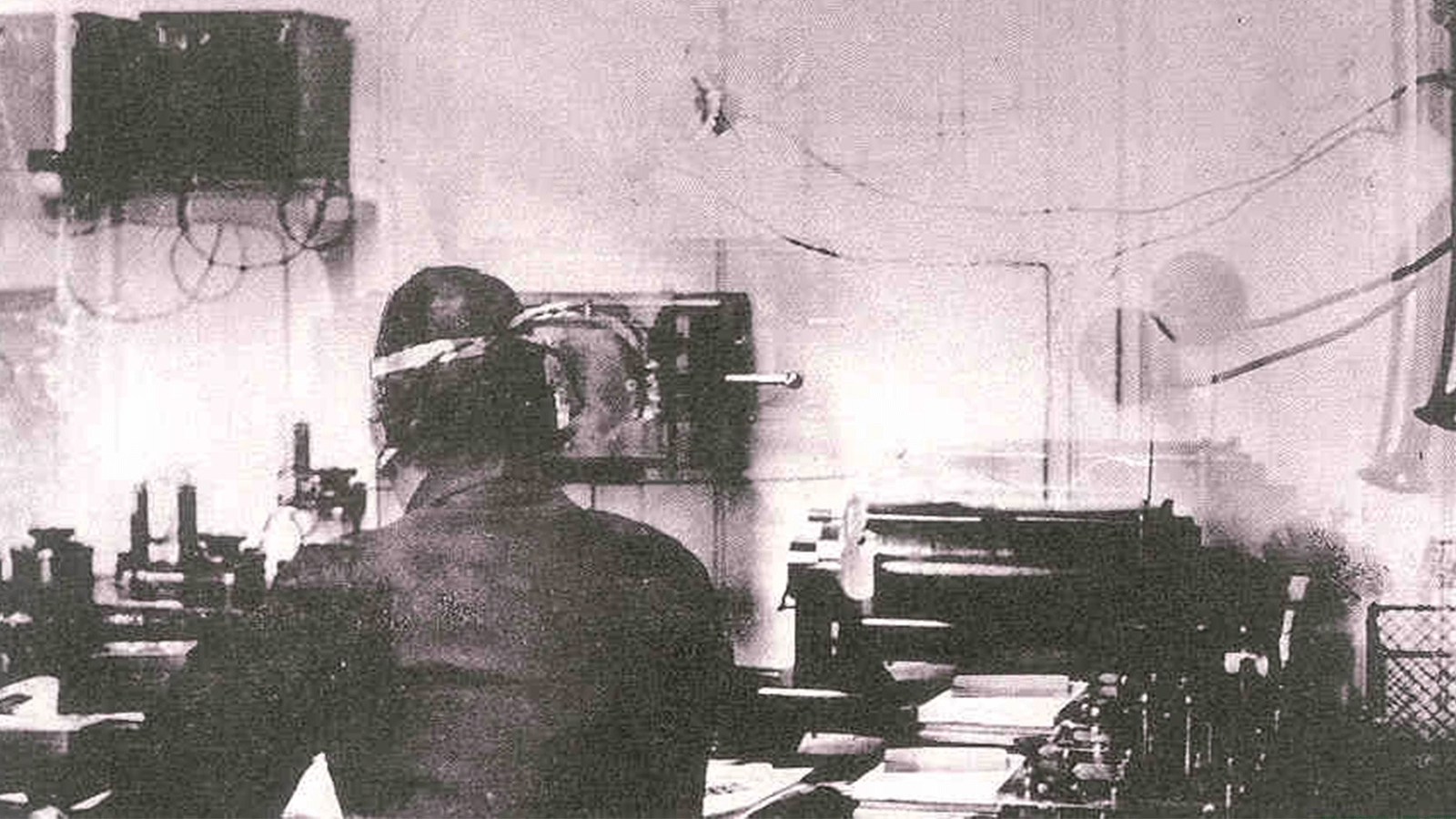
In the Marconi office, you will also find a first-class table lamp clamped to the wall that allowed work to continue on into the evenings as well as two clocks, one denoting the time from where Titanic had departed from, the other giving the time of where she was sailing to.
Beyond these more obvious components, there are several vacuum-operated brass tubes. These conveyed message-carrying canisters while snaking between the Marconi room, the deck below and the Purser’s office.
Go further still and you could argue that the masts and rigging above decks also form part of the Marconi equipment. Regrettably, much of this has already been either damaged or lost.
I imagine that if an ROV were successful and the Marconi radio was separated from the Titanic but yet to ascend – given the immense pressures present at that depth, the long and timely ascent needed to get back to daylight, the battering that would occur as the craft met with the waves above as well as the sheer physical shock to any delicate artefact going from the water and into the fresh air – would the equipment even survive being raised?
When I examine images of the rusted Marconi radio underwater, I will confess to having my doubts.
I therefore have to question whether it is even possible to bring the Marconi radio up in its entirety and if not, would only pieces provide an educational value that exceeds the potential damage that could facilitate the Titanic’s radio return to land?
And what potential value would the Marconi radio offer if she were ever to make it to shore?

Arguments, arguments
Many would argue that 'only Titanic’s Marconi radio can represent itself in a way that nothing else can'. I’ve had several experiences with genuine artefacts that lead me to say that I am certain that they are right.
If I combine my knowledge of the important role that Titanic’s Marconi radio possesses, both in the ship’s story as well as technological advancement in the field of communication, alongside my certainty that authentic and historical items genuinely move and inspire people, I understand the logic that the Marconi radio is worth retrieving.
Factor in the possibility of a complete loss of the Marconi equipment as degradation on the Titanic wreck advances and I can see the logic yet further still. I can further persuade myself in knowing that the Titanic will not feel any harm if some of her structure is cut away for the Marconi radio to be saved.
And yet, if I imagine myself in a position to be able to retrieve the Marconi radio, I opt to leave the item in place, with no questions asked.
I think, for me, the difficulty of the decision persists because the methods of extraction proposed thus far involve not only intrusion but damage to the Titanic.
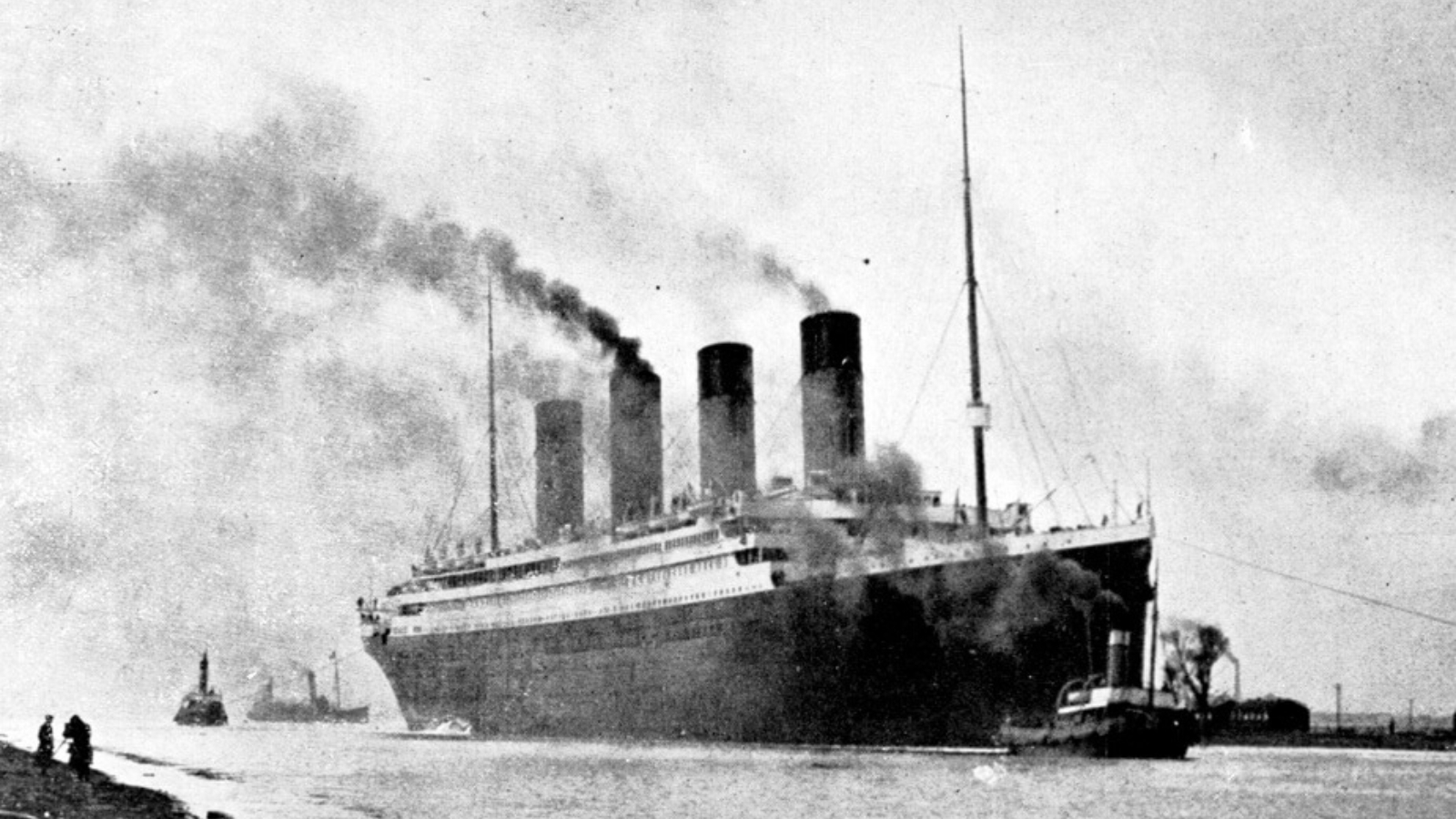
If I tell myself to look at the ship in a cold, factual and scientific manner, I deduce that Titanic is merely a vehicle or structure, formed by man and composed of materials such as iron, steel and wood.
Titanic is not aware of her predicament as she lies submerged over two miles under the sea nor would she care if someone were to cut an opening or extract something from inside.
And yet, despite this, I know that if I were to read a news story proclaiming that a team were on their way to retrieve the Marconi radio, this would make me feel uncomfortable, and defensive even, and I have to ask myself why.
Have I become so interested in her story that somehow I have allowed her to suck me in and, in turn, I have characterised her?
Is this what would stop me from saying it is acceptable to cut into the Titanic in order to extract an item that is regarded as historically significant? Am I a hypocrite?
Keeping teammates together
RMS Titanic and her Marconi radio belong together, for they are an intrinsic part of each other’s story. I feel, to look at the Marconi radio, separate from Titanic, would mean that the Marconi radio had somehow lost its’ identity.
I would particularly feel this way if I knew that Titanic had been damaged and, in the process, had lost some of her character in-order to give up her historic Marconi radio.
Furthermore, I believe that Titanic – in her sunken and somewhat ruined state – has become a character in her own right. Those who know her story can picture exactly how she looks now as well as how she looked before. She is different and yet familiar.
I feel many, in addition to myself, could take serious umbrage to any thought of Titanic being looted for what remains in her possession is what combines to make Titanic what she is.
For myself, of course I would be curious to see the infamous radio. If I really had my way, I’d be down to visit Titanic on a semi-regular basis much like visiting a neighbour I’m fond of – ‘Just checking in on you old girl, didn’t want you feeling all lonely down here’.
However, would I go to an exhibition featuring the Marconi radio? If damage to Titanic had occurred for the radio to be there, very likely not. Something gets in the way, a feeling of it not being right.
You wouldn't rip out the organs of an Egyptian Mummy, so why tear away Titanic's electronic beating heart?
In short, by going to see the radio, I'd be saying it is acceptable to damage Titanic in-order to satisfy my viewing pleasure. That is not a statement I would wish to make, and I would stand in the way of any budding salvager. Titanic is not a goldmine.
The Cloudbusting lyrics 'So I bury it. I won't forget' pop to mind. Much as we don't like it, we are slowly losing Titanic, just as we lose others and eventually ourselves. It is painful but we must theoretically bury it while promising not to forget.
By keeping Titanic alive in our hearts, I feel we direct much more respect to the legendary ship than if we simply aim to obtain trophies for upon the wall.












